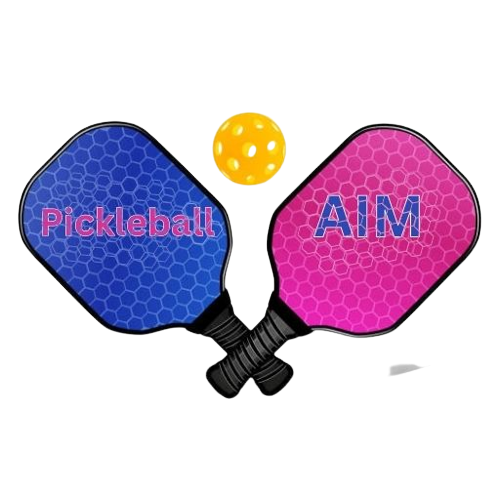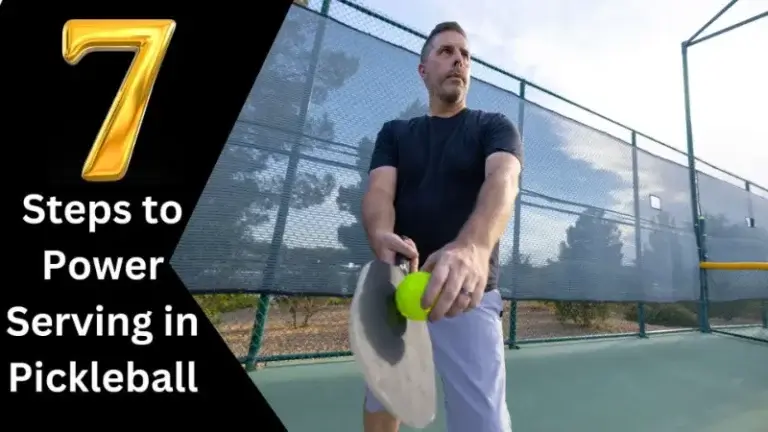History of Pickleball: A Paddle Sport’s Evolution from Backyards to Global Phenomenon
Pickleball, a vibrant and fast-paced paddle sport, has captivated players of all ages and backgrounds around the world. Originating from humble beginnings in the mid-20th century, the sport has experienced a remarkable evolution, transitioning from a simple backyard pastime to a global phenomenon. In this article, we will take a journey through the history of pickleball 1[“Pickleball was invented in 1965 on Bainbridge Island, Washington, as a combination of tennis, badminton, and ping-pong.”], tracing its roots, exploring key milestones, and understanding the factors that contributed to its rapid rise in popularity.
The Birth of a Game: A Humble Beginnings
Pickleball’s story begins in the summer of 1965 on Bainbridge Island, Washington, when three friends – Joel Pritchard, Bill Bell, and Barney McCallum 2[Barney McCallum is one of the co-founders of the sport of pickleball.] – sought to create a game to entertain their families during a weekend gathering. Armed with makeshift equipment that included ping-pong paddles, a wiffle ball, and a lowered badminton net, the trio invented a game that combined elements of tennis, badminton, and ping-pong 3[“Pickleball ping-pong” refers to a casual and friendly version of pickleball played with smaller paddles and a slower pace, resembling ping-pong in style.]. The game’s unique name, “pickleball,” was reportedly inspired by the Pritchard family’s dog, Pickles, who would chase after the ball and run off with it during play.
The Early Years: Growing Popularity and Expansion
After its inception, pickleball quickly gained popularity among friends and neighbors on Bainbridge Island. The sport’s appeal was driven by its accessibility, requiring minimal space and equipment 4[Pickleball equipment includes paddles, balls, nets, and court shoes used in the game.], making it ideal for backyards and community centers. As word spread, pickleball enthusiasts began introducing the game to other regions in the United States, and the sport’s following steadily grew.
In 1972, the first official pickleball court was constructed at the home of Barney McCallum. With defined court dimensions and standardized rules 5[“Pickleball standardized rules” refer to the official and universally accepted set of regulations governing gameplay, court dimensions, equipment, and scoring in the sport of pickleball.], the game became more structured, fostering a competitive aspect that appealed to players seeking organized play.
The USAPA: A Turning Point for Pickleball
In 1984, the United States of America Pickleball Association (USAPA) 6[The American Pickleball Association (USAPA) is the governing body for pickleball in the United States, responsible for promoting and organizing the sport at a national level.] was founded to serve as the sport’s governing body. The USAPA established a standardized rulebook, organized tournaments, and facilitated the growth of pickleball across the country 7[Pickleball is played in over 50 countries worldwide.]. The formation of the USAPA marked a pivotal turning point, providing a centralized authority for the sport and legitimizing it as an official athletic pursuit.
Pickleball’s Expansion Beyond US Borders
Pickleball’s appeal was not confined to the United States. The sport’s introduction to Canada in the 1980s laid the foundation for its international expansion. As more countries embraced the game, international pickleball tournaments 8[“Pickleball tournaments are competitive events where players compete against each other in structured matches following official rules.”] and competitions emerged, fostering a global community of passionate players.
Rising Popularity in the 21st Century
As the 21st century dawned, pickleball experienced an unprecedented surge in popularity. Its easy-to-learn nature, inclusive atmosphere, and social appeal resonated with people of all ages, leading to a significant increase in participation. Numerous public parks, schools, and recreation centers installed pickleball courts, further facilitating the sport’s accessibility.
The sport’s growing recognition also attracted the attention of professional athletes and celebrities, further elevating pickleball’s profile. Top-level players emerged, showcasing the sport’s competitive nature and athleticism, inspiring aspiring players to hone their skills.
Pickleball Today: A Global Phenomenon
Today, pickleball stands as one of the fastest-growing sports globally. Its presence extends to over 50 countries, with players participating in a diverse array of tournaments and events. The World Pickleball Federation (WPF)9[The “World Pickleball Federation” is an international organization governing and promoting the sport of pickleball globally.] and the International Federation of Pickleball (IFP) oversee international competitions, fostering the sport’s growth and competitiveness on the global stage.
In recent years, pickleball has seen significant media coverage, from televised events to online platforms, further boosting its visibility and popularity. Professional pickleball players have become ambassadors for the sport, drawing fans and inspiring a new generation of players to take up the paddle.
The Future of Pickleball: A Legacy Continues
As the history of pickleball continues to unfold, the future holds immense promise for the sport. With ongoing efforts to expand its global presence, encourage youth involvement, and elevate professional competitions, pickleball is poised for even greater achievements.
The sport’s history is a testament to the passion and enthusiasm of its community, whose love for the game has propelled it from a casual backyard activity to an internationally recognized and cherished sport. As pickleball’s legacy endures, the spirit of camaraderie, inclusivity, and sportsmanship that defines the sport will continue to resonate with players, ensuring pickleball’s place as a beloved activity for generations to come.
The Evolution of Pickleball: From Backyards to Global Sporting Arena
Pickleball, a sport that originated as a simple backyard game, has experienced a remarkable evolution over the years. From its humble beginnings in the 1960s to its current status as a global sporting phenomenon, the sport has seen significant changes and advancements that have shaped its growth and popularity. Let’s delve into the key stages of pickleball’s evolution, tracing its journey from a casual pastime to an internationally recognized sport.
Stage 1: Inception and Innovation (1965)
Pickleball was born on Bainbridge Island, Washington, in 1965, when three friends – Joel Pritchard, Bill Bell, and Barney McCallum – decided to create a game to entertain their families. Using improvised equipment, they combined elements of tennis, badminton, and ping-pong to invent the game we now know as pickleball. The sport’s quirky name, “pickleball,” was inspired by the Pritchard family’s dog, Pickles. As the game gained popularity among friends and neighbors, it soon became apparent that pickleball had the potential to reach a wider audience beyond the island.
Stage 2: Organized Play and Official Rules (1970s)
During the 1970s, pickleball enthusiasts started introducing the game to other regions in the United States. As more people took an interest in the sport, the need for structure and official rules became evident. In 1972, the first official pickleball court was constructed at Barney McCallum’s home. With established court dimensions and standardized rules, the game became more organized and competitive. People from all age groups embraced pickleball, drawn to its friendly and inclusive atmosphere.
Stage 3: The Birth of USAPA (1984)
In 1984, the United States of America Pickleball Association (USAPA) was founded, marking a significant milestone in pickleball’s evolution. The USAPA played a crucial role in unifying the sport and providing a centralized governing body. The association established a standard rulebook, organized official tournaments, and worked towards promoting the sport at a national level. This development helped legitimize pickleball as an official athletic pursuit and laid the foundation for its future growth.
Stage 4: International Expansion (2000s)
As the sport’s popularity continued to grow, pickleball crossed international borders. In the 1980s and 1990s, pickleball made its way to Canada, and soon after, it began gaining traction in other countries. The formation of international pickleball organizations, such as the International Federation of Pickleball (IFP) and the World Pickleball Federation (WPF), further facilitated the sport’s global expansion. The establishment of official governing bodies allowed countries worldwide to organize their own tournaments and foster a thriving global pickleball community.
Stage 5: Present Day – A Global Phenomenon
Today, pickleball stands as one of the fastest-growing sports in the world. Its popularity extends to over 50 countries, with players of all ages participating in local, national, and international tournaments. The sport’s easy-to-learn nature, inclusivity, and friendly competition have resonated with people from diverse backgrounds, making it accessible to players of all skill levels.
Pickleball has also gained significant media coverage, with televised events, online platforms, and social media further contributing to its visibility. Top-level players have emerged, showcasing the sport’s athleticism and skill, inspiring newcomers to take up the paddle and aspire to professional play.
As pickleball’s legacy continues, the sport’s future is bright, with ongoing efforts to increase youth involvement, improve accessibility, and raise the sport’s profile on the international stage. As players, fans, and organizers unite in their love for the game, the evolution of pickleball remains an exciting journey of camaraderie, growth, and recognition, ensuring that this dynamic sport will continue to thrive and inspire for generations to come.








One Comment